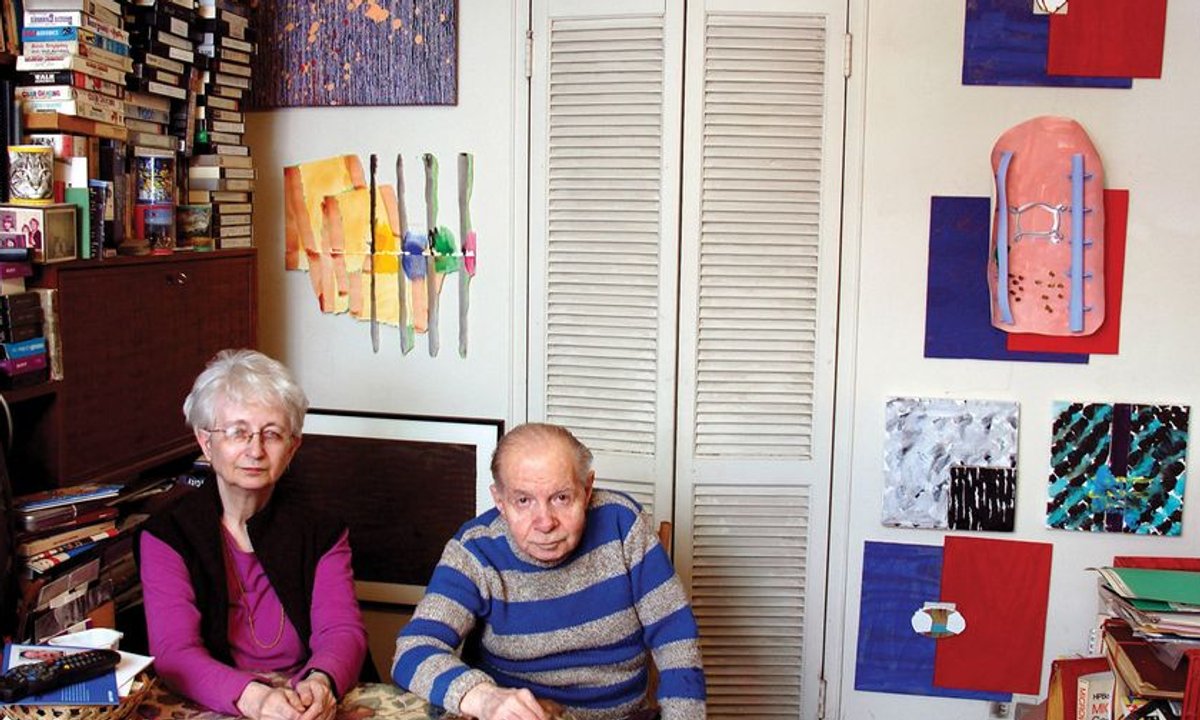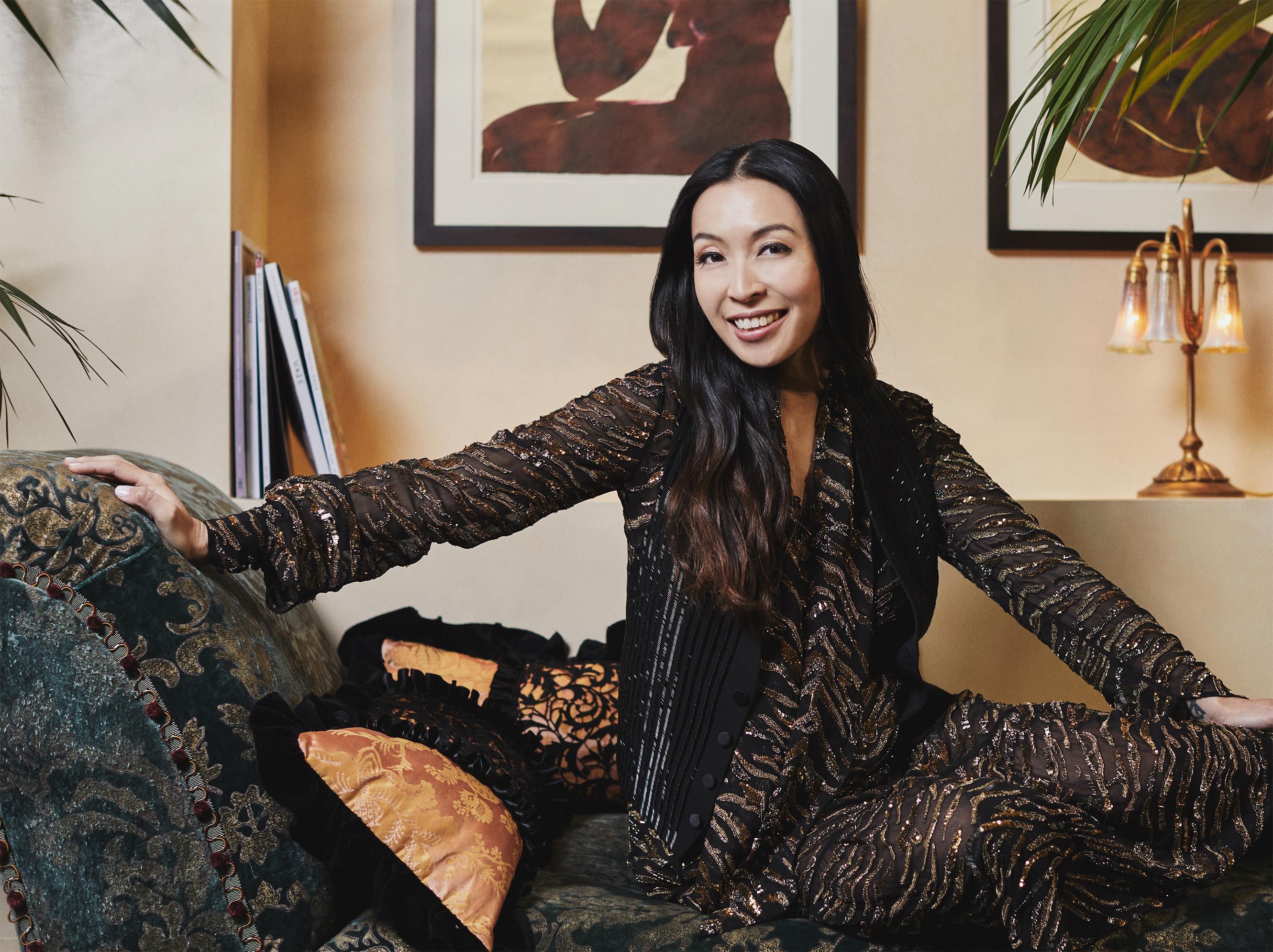Butter Mountain
2018 - Sculpture (Sculpture)
100 x 46 x 38 cm
Andrew Ekins
Butter Mountain is part of an ongoing series of works that combines a sense of painterly mass and substance with sculptural language to examine the synergy between a topographical landscape and a landscape of the human condition. The work intentionally alludes to the materiality of the human body and of the land. A stool has been consciously repurposed as a “support”, that by its nature and identity provides evidence of human presence. Paint skins are harvested from tins of domestic and industrial or art paints. These are piled, stacked and manipulated to shape a crumpled fleshy landscape, mirroring the grime of human presence and the materiality of a body of land. The title of this work refers to the name given to an extraordinary bulk of “food-waste” created by a period of blinkered EEC political management of food production, which led to the infamous confrontation between Bob Geldof and Margret Thatcher drawing attention to the issue. These works are formed over time and bear the marks of time in their appearance. The sagging, misshapen form is intended to carry some of the narrative of the work. Themes of mortality and decay, growth and renewal are asserted and cloaked by a corrupted decorative structure surfacing through the substance of the paint. Ekins is interested in developing a confection of degraded beauty, a fugitive relationship between the sublime, the abject, and a contemporary perception of beauty.
Andrew Ekins’ work frequently deals with waste and recycling, using discarded materials to make something new. This in itself is not unusual, but the fact that he uses discarded paint, finishing up ends of cans, as well as discarded furniture differentiates him from other similar artists, for the work becomes a self-reflexive process. He is interested not simply in the alchemical side of this practice, but in the way in which things can slide in entropy, forming their own shapes determined by gravity. Paint becomes a malleable substance in his work, a sculptural material at the same time as a painterly one, dealing with themes related to human existence and abjection.
Colors:
Related works sharing similar palette

© » ARTS EQUATOR
Nghệ thuật Xin giấy phép Triển lãm ở Việt Nam | ArtsEquator Skip to content Tại một đất nước như Việt Nam, nơi có những yêu cầu không rõ ràng về việc trưng bày, Linh Lê nhấn mạnh rằng chỉ cần một thứ tưởng chừng đơn giản như xin giấy phép triển lãm có thể trở thành một cách kiểm duyệt biểu đạt nghệ thuật...

© » ARTS EQUATOR
ITI’s “Extremities”: Routes for Escape and Redemption | ArtsEquator Thinking and Talking about Arts and Culture in Southeast Asia Articles Bernie Ng December 13, 2018 By Aditi Shivaramakrishnan (1170 words, five minute read) As I enter the Esplanade Theatre Studio to watch Extremities , I’m already on my guard...

© » KADIST
Ahmet Ögüt
2022Monuments of the Disclosed by Ahmet Ögüt is an NFT series of digital monuments to whistleblowers...

© » KADIST
Fernando Palma Rodríguez
2015Aqua by Fernando Palma Rodríguez is an installation formed by four gourds and one movement detector that activates them...

© » KADIST
Candice Lin
2015For the work Wigan Pit-Brow Women: Intersections with the Caribbean (mobile) , Candice Lin studied English Victorian Arthur Munby’s racialized and masculinized drawings of working-class white female miners...

© » KADIST
Ali Cherri
2017As a discipline born at the same time as colonialism, archeology is struggling to rid itself of this sad context...

© » KADIST
Elad Lassry
2013In his composition, Chocolate Bars, Eggs, Milk, Lassry’s subjects are mirrored in their surroundings (both figuratively, through the chocolate colored backdrop and the brown frame; and literally, in the milky white, polished surface of the table), as the artist plays with color, shape, and the conventions of representational art both within and outside of the photographic tradition...

© » ARTS EQUATOR
It’s Time for French Museums to Return Cambodian Artifacts (via The Diplomat) | ArtsEquator Thinking and Talking about Arts and Culture in Southeast Asia ArtsEquator Radar Flickr/ Jean-Pierre Dalbéra December 28, 2018 The debate as to whether international museums and governments should return cultural artifacts acquired during the colonial period is not a new one...

© » WALLPAPER*
Tour this House in High Park by Ian MacDonald | Wallpaper (Image credit: Tom Arban) By Ellen Himelfarb published 10 February 2024 With House in High Park, it's clear why Ian MacDonald has become Toronto’s architect of record for a certain homeowner blessed – whether they recognise it or not – with a tricky location...

© » KADIST
Gimhongsok
2007To explore the boundaries between artwork and audience, Gimhongsok created a series of sculptural performances in which a person wearing an animal costume poses in the gallery...










